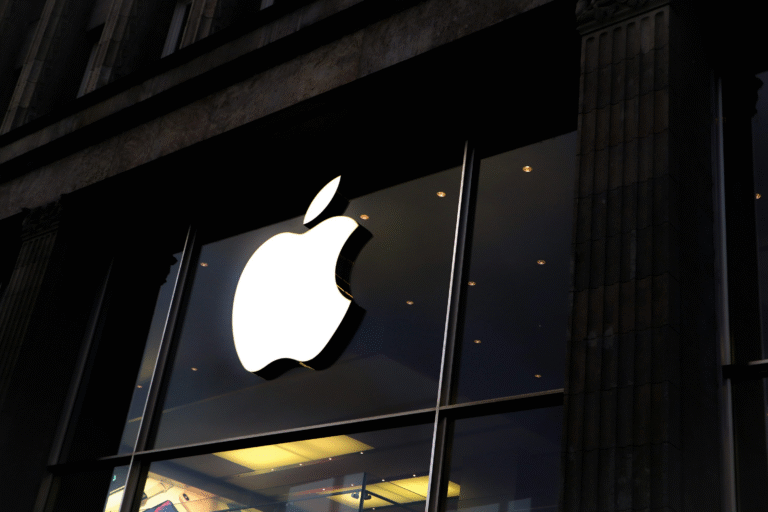“Global Stocks Hit New Highs as UK Votes, US Holiday Thins Trading”
World stock markets reached new record levels on Thursday following favorable U.S. economic data that increased expectations of a Federal Reserve interest rate cut in September. Meanwhile, attention in Europe centered on UK national elections, with investors cautiously awaiting results amidst thin trading due to the July 4 holiday in the United States.
Market observers were particularly focused on the potential outcome of the UK elections, anticipating a possible significant majority for the Labour Party over the Conservatives, who have held power for the past 14 years during Brexit and the COVID-19 pandemic.
“Institutional investors, previously bearish on the pound for a long period, are now relatively neutral going into this election,” noted Michael Metcalfe, head of macro strategy at State Street Global Markets. He highlighted that while political risk has escalated in countries like France and the United States, the UK has maintained a more balanced investor sentiment.
London’s FTSE index rose by 0.6% for a second consecutive day of strong gains, while MSCI’s global index achieved another record high. Sterling also saw modest gains, reaching $1.2760, marking a nearly 4% increase against the dollar and a 2.2% rise against the euro since April.
In France, polls indicated that the National Rally (RN) was unlikely to secure a majority of seats in the upcoming parliamentary elections, with mainstream parties mobilizing to counter the far-right party’s influence. Meanwhile, French bond yields, a gauge of government borrowing costs, showed slight upward movement ahead of a significant bond sale of 10.5 billion euros ($11.33 billion).
Surprise Economic Data Shifts Focus to Fed’s Policy
Recent subdued economic data has pushed Citi’s U.S. economic surprise index to -47.5, its lowest level since August 2022. Additionally, the Atlanta Fed’s GDPNow estimate dropped to 1.5% from 1.7%, highlighting a slowdown in economic growth.
The Federal Reserve, as indicated by minutes from its latest meeting, remains cautious about rate cuts, awaiting further evidence of economic cooling. Just weeks ago, the GDPNow growth estimate was around 3%, underscoring the rapid deterioration in economic outlook.
“This recent decline in economic activity underscores the challenges ahead,” remarked Paul Ashworth, chief North America economist at Capital Economics. He noted that despite positive consumer spending data in May, the risk of inflation resurgence appears low, given the current sluggish GDP growth relative to its potential.
Market expectations swiftly adjusted following these developments, with the probability of a September rate cut rising to 74%. Markets now anticipate a total easing of 47 basis points by year-end.
The dollar depreciated broadly in response to these developments, with the euro climbing to $1.0797 from recent lows, and the dollar index hitting a three-week low. The Australian dollar notably strengthened to $0.6733, reflecting speculation of potential rate hikes locally.
Conversely, the yen remained weak, touching multi-year lows against several currencies, as investors favored carry trades. The dollar settled at 161.53 yen after peaking at 161.96 on Wednesday.
Commodities benefited from the dollar’s decline, with gold rising to $2,358 an ounce from $2,318 earlier in the week. Oil prices, however, eased slightly despite earlier gains driven by a significant drop in U.S. crude stocks, signaling robust demand amid the U.S. driving season.
Brent crude dipped to $86.62 per barrel, while U.S. crude fell to $83.03 per barrel, reflecting market adjustments amidst evolving economic indicators and Fed policy expectations.








